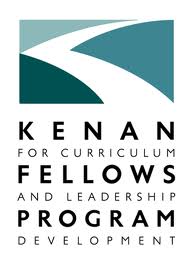Tomorrow, my students and I get to sit down for a small group story telling and sharing session with Joseph Bruchac, who is a world-renowned story teller and author. His connection to his own Native American heritage has led him to seek out and retell the stories of other cultures worldwide. He is a joy to be around and his presence is inspiring. In order to prepare my fifth graders for his visit, I wanted them to learn more about him as a person. We had already spent a lot of time reading his books and poetry. We had a press junket type folder of articles about Mr. Bruchac that covered things about him ranging from his childhood to his inspirations to his accolades to his hopes for others. I believe, in all, there were about 25 pages of writings. This is a lot for anyone to handle, but the information was too good not to share. I introduced each piece briefly to my students with the doc cam, and we talked about where the article came from and how the bias of the article might be based on the source. We skimmed for overall topics and became familiar with what was in the packet, of which I had made five sets. I also handed out the ABC’s of Joseph Bruchac handout that I created. I set some parameters for the types of information that had to be included. They included the following:
– No more than two book titles could be listed
– At least one letter had to address his childhood
– At least one letter had to address a source of his stories
– His tribe had to be included
– Terms to address letters had to be explained (For example, they couldn’t put just “Skidmore College.” They also had to give details to explain why “Skidmore College” is significant.)
We worked in groups of 4-5 students for over an hour today, and the students did wonderfully. At first, they were skimming and scanning in order to just look for letters and words to satisfy them. It wasn’t long before they were so caught up in what they were learning that they started reading for more details. At the end of our research, we shared what they had learned and posted our learning on the SMARTBoard. If they were missing a letter, they could add something in at that point. HERE is what they came up with! They now have a long list of informed questions that they want to ask tomorrow and are excited for his visit. I can’t wait to share the experience with them.
PS: I’m super excited about the ABC’s format that I tried with my students as a research idea. I’m looking forward to trying it again. This is a blank, adaptable version.
![3135[1]](https://kellyhines.wordpress.com/wp-content/uploads/2012/02/31351.jpg?w=630)

















